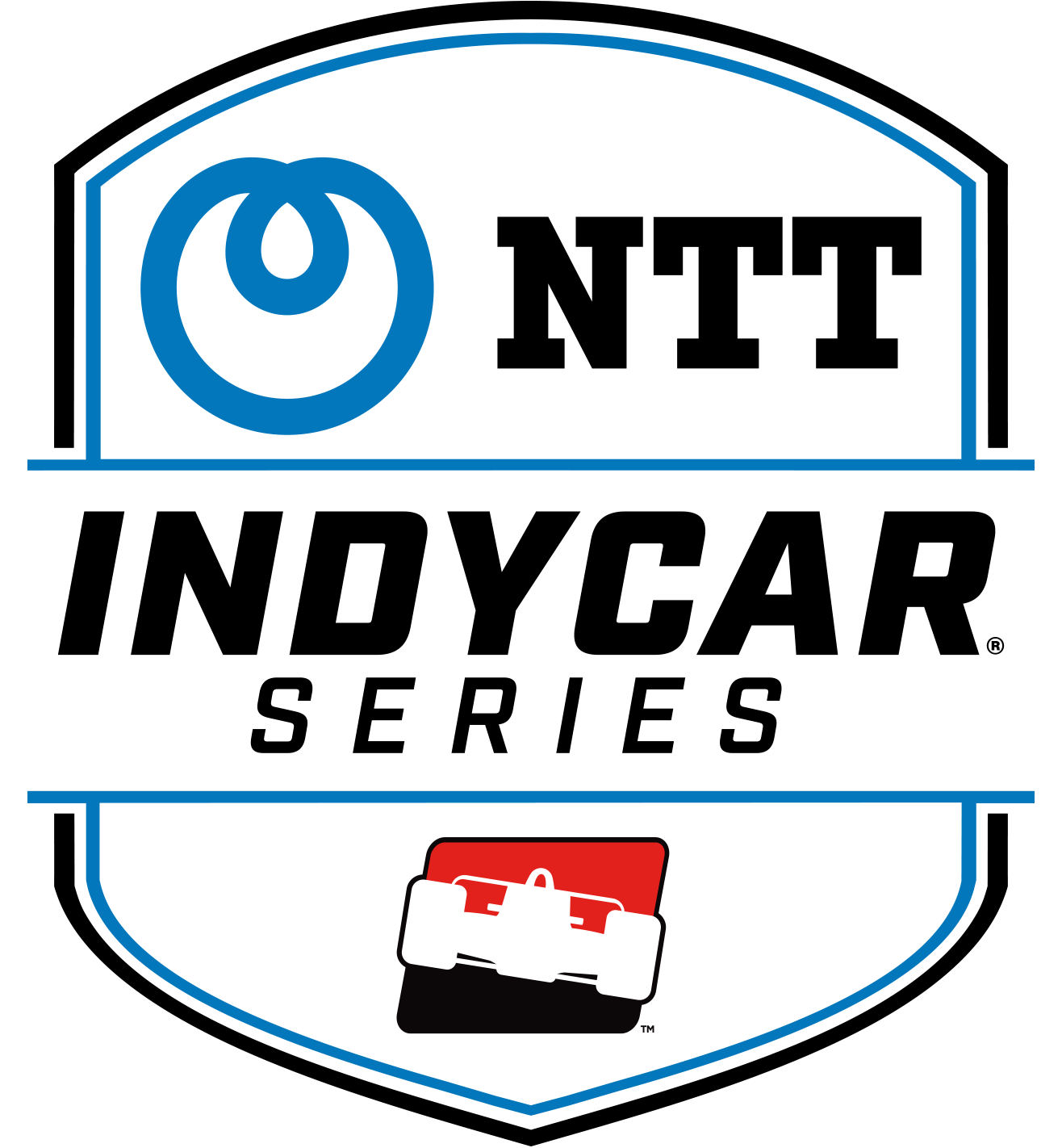Pit stop primer: Quicker for tires and fuel, crucial
MAR 14, 2012
Phil Davis bends his left knee and checks the grip of his left foot on the pavement in anticipation of Charlie Kimball hitting his mark for a simulated pit stop during the Open Test at Sebring International Raceway.
The fueler on the No. 83 Novo Nordisk Chip Ganassi Racing car leans into the new Dallara car and eyes the front tire changers for timing … thousand-one, thousand-two, thousand-three, thousand-four … and disengages the probe from the car.
If practice makes perfect, then the crew will continue training throughout the IZOD IndyCar Series season. As is the case every year, pit stops will play an integral role in race positioning and results -- and most likely the championship.
“You can’t blunder,” Davis says.
The width of the Dallara chassis is 79.17 inches, which isn’t significantly wider than the previous car. But the angle for the fueler to line up the probe is steeper because of the undertrays (extensions under the sidepods) that were designed to prevent wheel-to-wheel contact. It helps to be tall like Davis.
“You can’t get as close to the car as you used to and the angle to insert is steeper it seems so you have to have that perfect angle to plug in. It’s good to be tall because your shin is right on the sidepod when you step in and you’re reaching,” says Davis, the brother of team manager Mitch Davis. “It’s not that difficult other than the reach.”
Additionally, the new car carries a 19-gallon fuel cell – three gallons less than last year – for the E85 fuel (also new for this season) that is gravity fed through the probe that is inserted on either side of the car depending on the direction of the racing. Note: One U.S. gallon of E85 is 6.687 pounds.
Teams will be looking for the tire changes and fuel to be completed at the same time.
“Previously, the driver had to wait on fuel to go,” Davis continues. “(Kimball will) be gassing it up as he comes off the jack if everything meshes.”
Dan Rushing, the outside-front tire changer on the No. 83 car, didn’t notice any differences on his end during simulations. But the rear changers have an element to contend with.
“The rear end, with having the rear wheel guards and the sidepod, it creates a situation more like a sports car, and then you actually have to put the tire inside the wheel well,” he says. “It puts a little more pressure on you. That’s why we practice pit stops regularly. If everybody goes out and has a calm head we’ll be fine.”






















